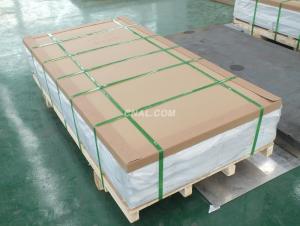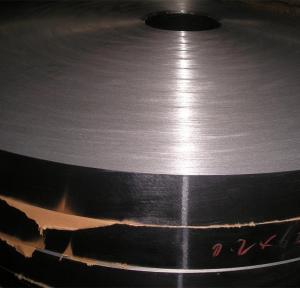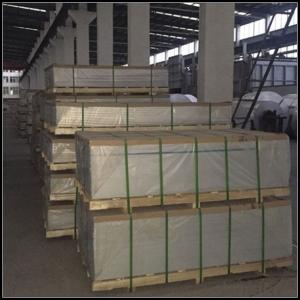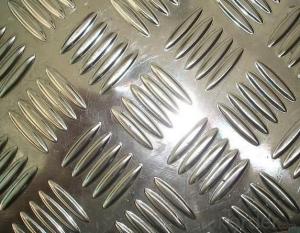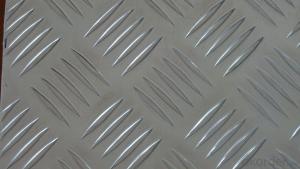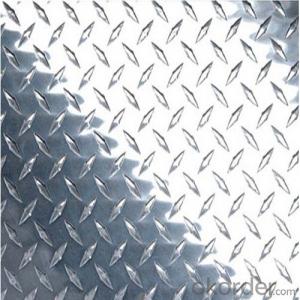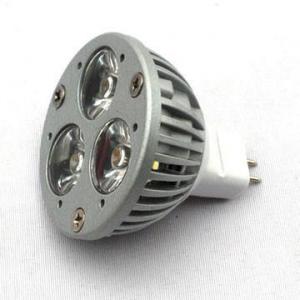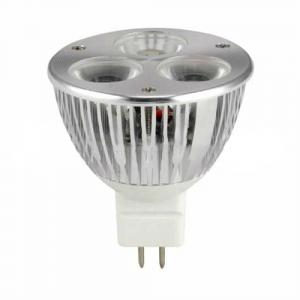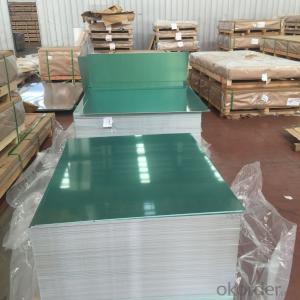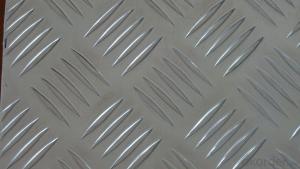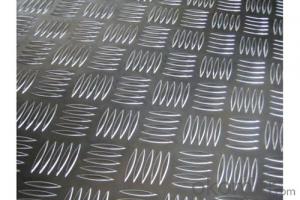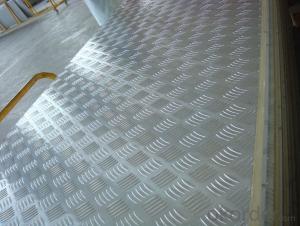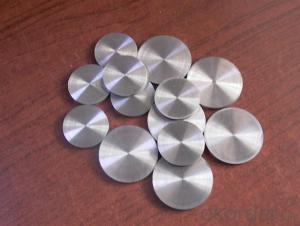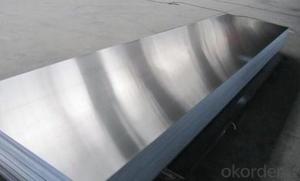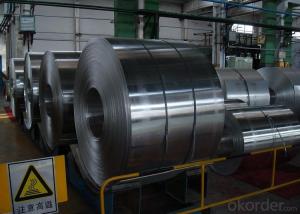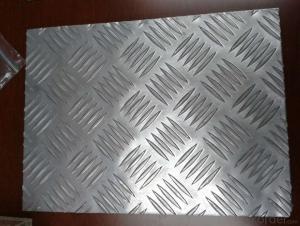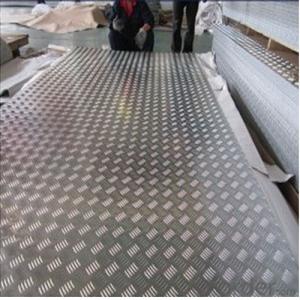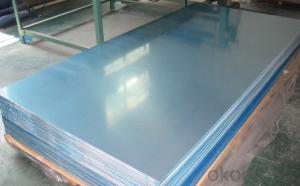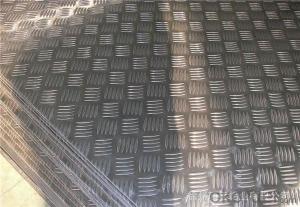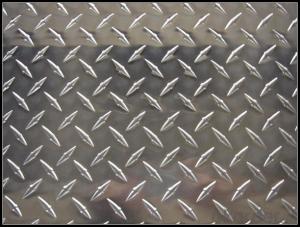3 16 Aluminum Diamond Plate
3 16 Aluminum Diamond Plate Related Searches
3 16 Diamond Plate Aluminum 3 16 Aluminum Plate 3/16 Aluminum Diamond Plate 3/16 Diamond Plate Aluminum 3 16 Inch Aluminum Plate 4x8 Aluminum Diamond Plate 3 16 1 16 Aluminum Diamond Plate 4x8 3 16 Aluminum Diamond Plate 1 16 Inch Aluminum Diamond Plate Aluminum 3/16 Plate 3 8 Aluminum Diamond Plate 3/16 Aluminum Plate Bending 3 16 Aluminum Plate 3 16 Aluminum Plate Weight 16 Gauge Aluminum Diamond Plate 4x8 3/16 Aluminum Diamond Plate 3 8 Diamond Plate Aluminum Weight Of 3 16 Aluminum Plate 3/16 Inch Aluminum Plate 4x8 Aluminum Diamond Plate 3/16 3/16 Thick Aluminum Plate 1 16 Aluminum Plate Aluminum Plate 3/16 Thick 3/8 Aluminum Diamond Plate 3 16 Aluminum Plate 4x8 1/16 Diamond Plate Aluminum 16 X 16 Aluminum Plate 5 16 Aluminum Plate 3mm Aluminum Plate 3 4 Aluminum Plate3 16 Aluminum Diamond Plate Supplier & Manufacturer from China
3/16 Aluminum Diamond Plate is a type of metal sheet material known for its slip-resistant surface and durability. This product features a raised diamond pattern that provides excellent traction and is commonly used in various industries such as construction, automotive, and manufacturing. The aluminum composition of the plate ensures it is lightweight yet strong, making it an ideal choice for a wide range of applications.The 3/16 Aluminum Diamond Plate is utilized in numerous scenarios where slip resistance and durability are crucial. It is often used for flooring, stair treads, ramps, and walkways to enhance safety by reducing the risk of slips and falls. Additionally, it can be found in applications such as truck beds, tool boxes, and machinery guards, where its protective and non-slip properties are highly beneficial. The aluminum material also offers corrosion resistance, making it suitable for both indoor and outdoor use.
Okorder.com is a leading wholesale supplier of 3/16 Aluminum Diamond Plate, boasting a vast inventory to cater to the needs of various industries. With their extensive range of products, customers can find the perfect fit for their specific requirements. The company prides itself on offering competitive prices and exceptional customer service, ensuring that clients receive the best value for their investment in this versatile and reliable product.
Hot Products
